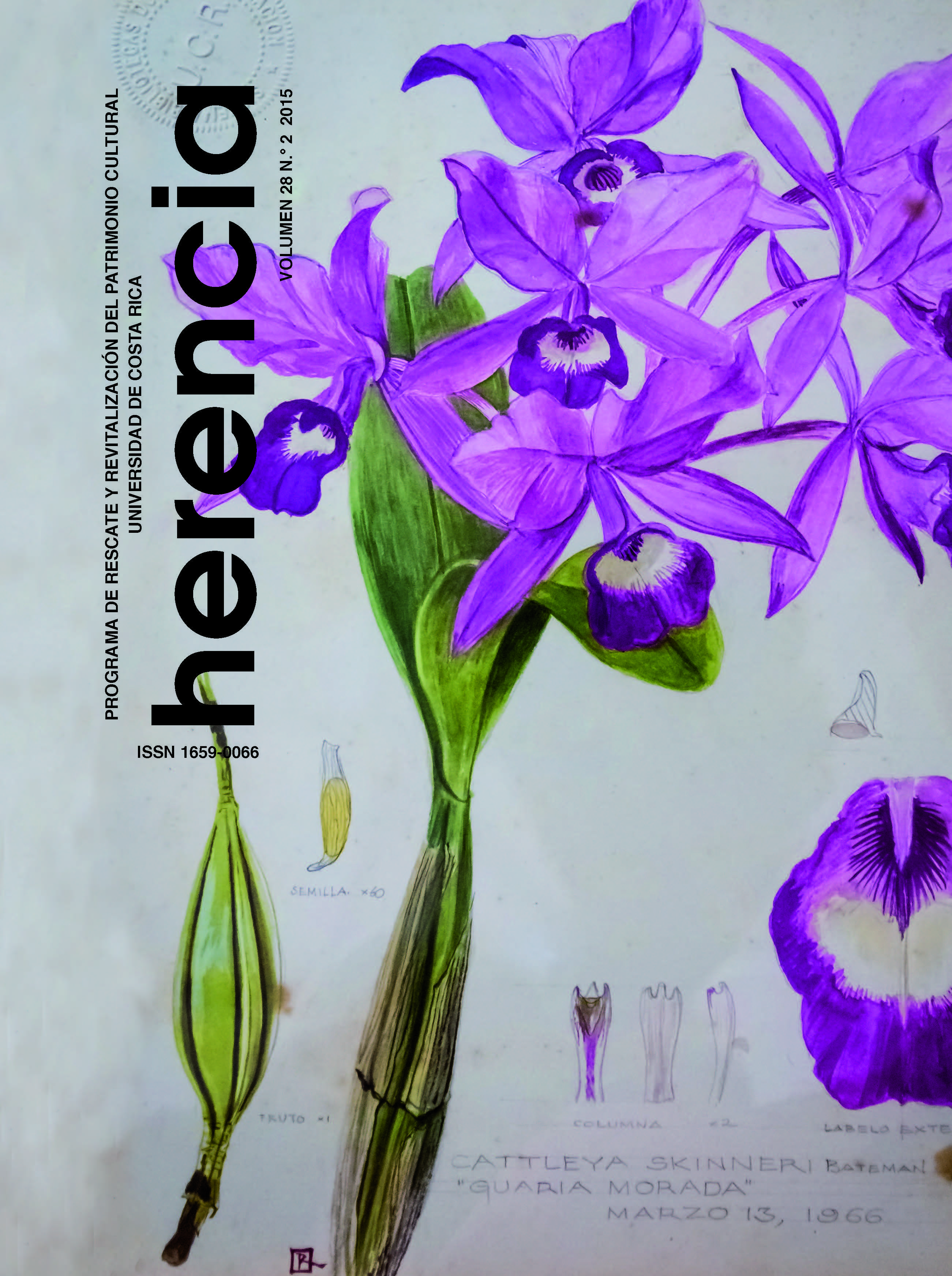Abstract
The political and cultural heritage of the Presidential Building of the Republic of Costa Rica (1980-2013) is percieved as a symbolic resource that reinforces the country’s national identity. This work briefly uncovers the different forms of colonialism that remain within the political and cultural spheres of the government’s site, as well as the ecclesiastical roots that act as a potential influence in the concept “heritage”. The work wishes to explore the historic and symbolic interpretations associated with the building, and aims to draw up a brief inventory of the tangible and intangible heritage embraced within the government’s site. Management practices of the symbolic assets, as well as the design and implementation of education resources, are also provided as recommendations.##plugins.facebook.comentarios##
Downloads
Download data is not yet available.

